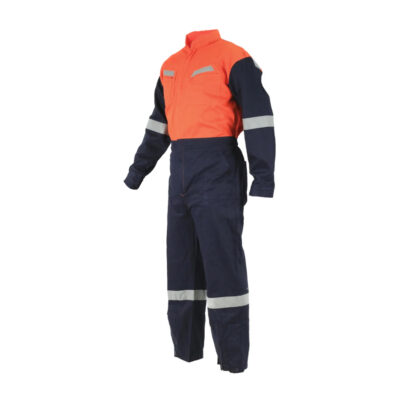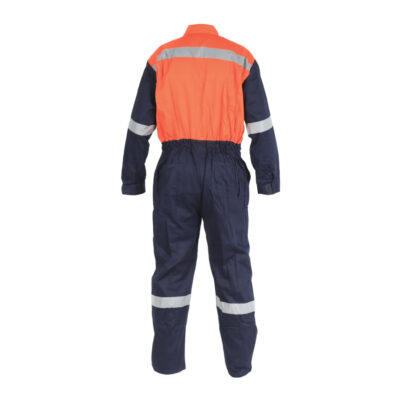Durable Work Coveralls: What Buyers Should Look for in Fabric and Stitching
Introduction: Why Durability Matters in Coveralls
For industries like construction, automotive, oil & gas, and logistics, work coveralls are more than just uniforms—they are a form of protective equipment. Buyers and procurement managers need garments that withstand harsh conditions, frequent laundering, and heavy use without compromising safety or comfort.
The secret to durability lies in two key areas: fabric quality and stitching techniques. Let’s break down what procurement teams should look for when sourcing coveralls in bulk.
🧵 Fabric Selection: The Foundation of Strength
The right fabric ensures that coveralls hold up against abrasion, dirt, and chemicals.
Popular Fabric Choices for Durable Coveralls:
-
🌿 100% Cotton: Comfortable and breathable but less durable under heavy stress.
-
🔄 Poly-Cotton Blends: Stronger than pure cotton, with added wrinkle and shrink resistance.
-
🛡️ High-Performance Synthetics (Polyester, Nylon): Enhanced abrasion resistance and moisture-wicking properties.
-
🔥 FR-Treated Fabrics: Flame-resistant options for oil, gas, and welding industries.
Buyers should also request fabric weight specifications (measured in GSM) to confirm strength. For heavy-duty work, coveralls above 240 GSM are typically recommended.
✂️ Stitching Techniques: Holding It All Together
Even the strongest fabric can fail if stitching is weak. High-quality coveralls rely on reinforced seams and advanced stitching methods to extend garment life.
Key Stitching Features to Demand:
-
🧵 Double-Needle Stitching: Adds durability at high-stress areas.
-
🔗 Bartacks: Reinforcement at points of strain, such as pockets and zippers.
-
🔄 Triple-Locked Seams: Prevent tearing during heavy movement.
-
🔧 Chain Stitching: Provides flexibility while resisting breakage.
These details reduce wear and tear, meaning fewer replacements and lower long-term costs for procurement programs.
🛡️ Functional Design Enhancements
Durable coveralls are not only about fabric and stitching—they must also integrate functional features for industrial performance:
-
📦 Multiple Reinforced Pockets: Designed for tools and accessories.
-
👕 Elasticized Waistbands: Improve fit and comfort.
-
🔒 Heavy-Duty Zippers: Resistant to dirt, grease, and repeated use.
-
🌬️ Ventilation Panels: Balance durability with comfort in hot environments.
Such enhancements ensure that coveralls support workers’ tasks while maintaining structural integrity.
📊 Cost Efficiency Through Durability
While durable coveralls may cost more upfront, they deliver higher ROI by reducing replacement cycles and laundry damage. For large-scale buyers, this means:
-
📉 Lower long-term procurement costs.
-
⏱️ Less downtime due to garment failure.
-
🌍 Sustainable sourcing through reduced waste.
For procurement managers, durability is not just about rugged fabric—it’s about maximizing investment value.
🌐 Partnering with the Right Suppliers
Durable uniforms require expertise in both fabric engineering and stitching craftsmanship. For multi-category sourcing, experienced Workwear Manufacturers provide scalable solutions across uniforms and PPE.
For industries demanding heavy-duty full-body protection, working with specialized Coveralls Manufacturers ensures garments that meet safety standards while delivering long-lasting performance.
Conclusion: Building a Long-Term Uniform Program
Durability in work coveralls is a direct result of fabric strength, stitching quality, and functional design. Buyers who prioritize these elements can expect fewer replacements, greater compliance, and higher workforce satisfaction.
🔎 In high-risk industries, investing in durable coveralls isn’t just a sourcing choice—it’s a strategic safety decision that protects both workers and company resources.





















